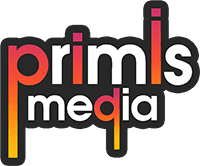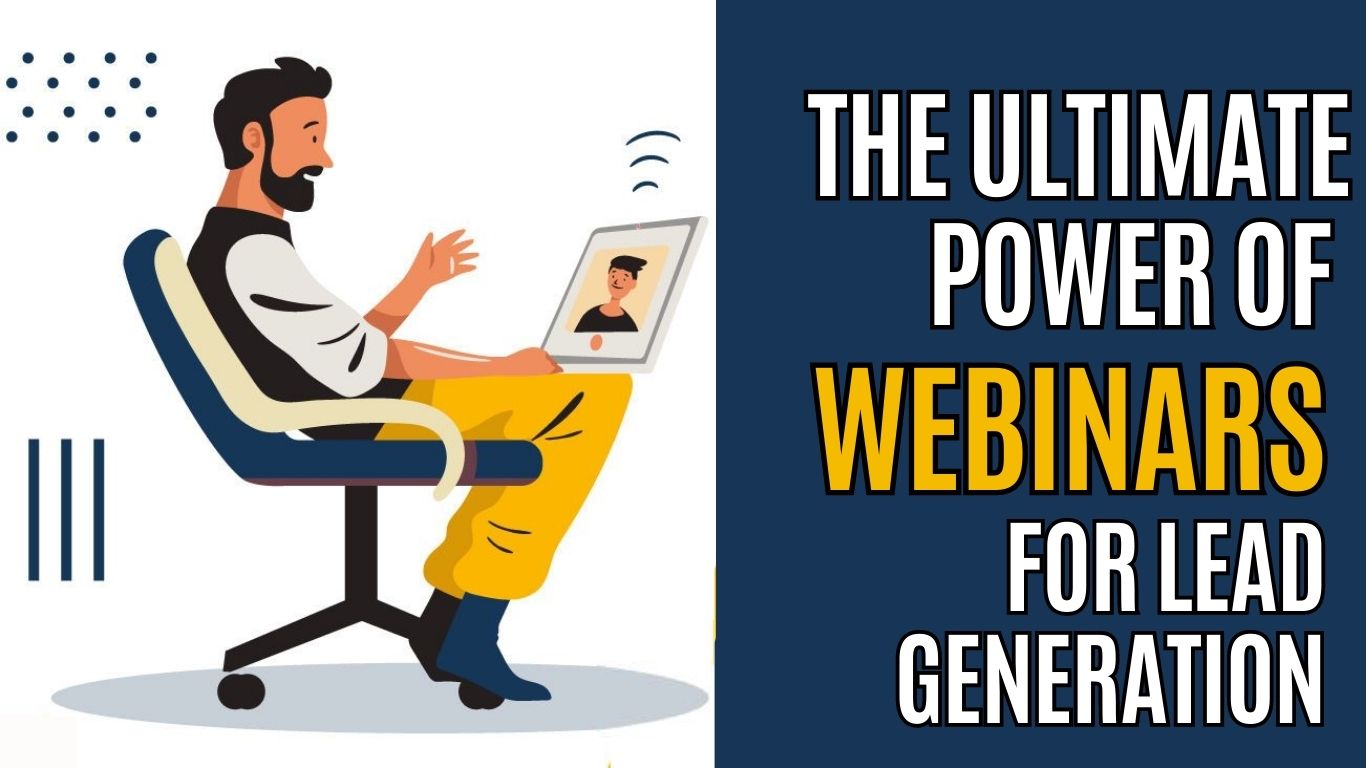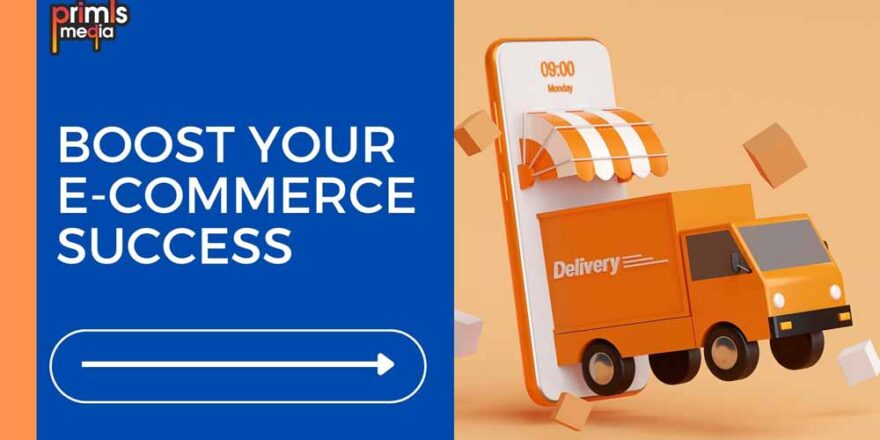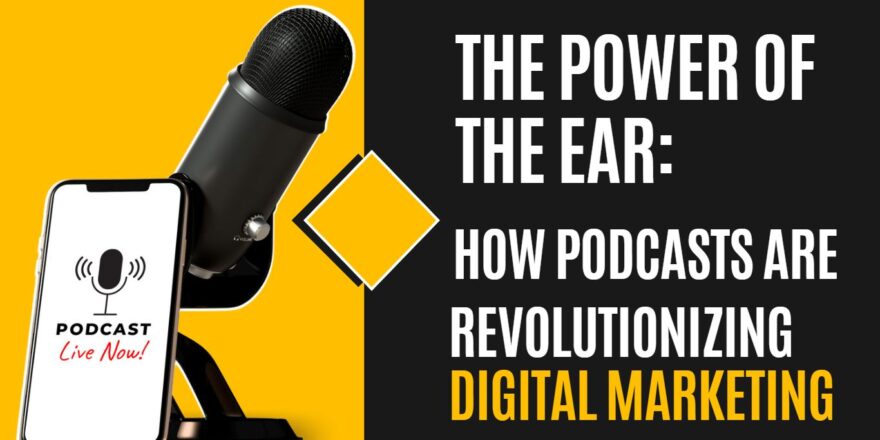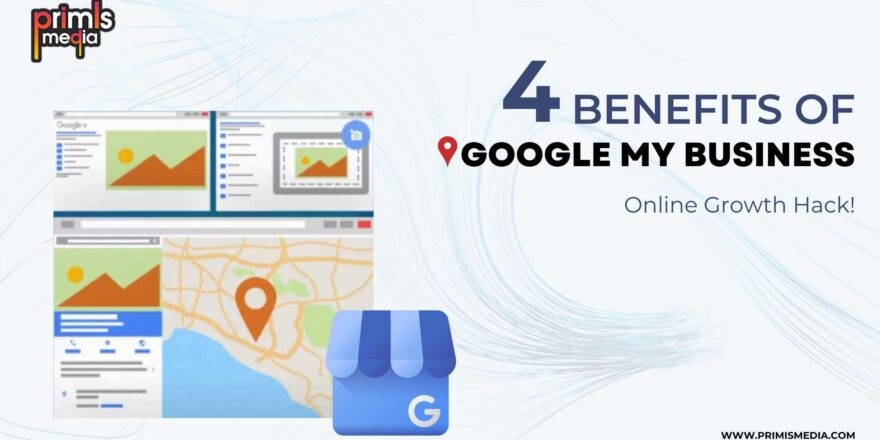Webinars have become one of the most effective lead-generation tools for businesses of all sizes. According to a recent study by GoToWebinar, 73% of B2B marketers say webinars are the best way to generate high-quality leads. Webinars are a powerful way to connect with your audience and provide valuable information that can help them solve their problems. But with so many webinars being hosted daily, how do you make sure that your webinar stands out from the crowd? This is where the ultimate guide to harnessing the power of webinars for lead generation comes in.
In this guide, we will show you how to create webinars that not only engage your audience but also generate leads that convert. From choosing the right topic to promoting your webinar and following up with your attendees, we will cover everything you need to know to make your next webinar a success. So, whether you’re new to webinars or you’re looking to take your lead generation efforts to the next level, this guide is for you.
Why webinars are effective for lead generation
Webinars are one of the most effective lead-generation tools for several reasons. First, webinars allow you to connect with your audience in a way that other marketing channels cannot. They provide an opportunity for your audience to see and hear you, which helps establish trust and credibility. Second, webinars provide an educational experience for your audience. By providing valuable information, you can help your audience solve their problems, which in turn, builds trust and loyalty. Finally, webinars provide an opportunity for you to showcase your products or services in a non-sales way. By demonstrating how your product or service can solve a specific problem, you can generate interest and leads.
The benefits of using webinars for lead generation
Webinars offer several benefits for lead generation. First, they are a cost-effective way to generate leads. Compared to other marketing channels, webinars are relatively inexpensive to host and can reach a large audience. Second, webinars allow you to build relationships with your audience. By providing valuable information and answering questions, you can establish trust and credibility with your audience. Finally, webinars provide a way to segment your audience and target specific demographics. By focusing on a specific topic, you can attract an audience that is interested in that topic, which can lead to higher conversion rates.
Webinar statistics
Webinars have become increasingly popular in recent years and for good reason. According to a recent study by Demand Gen Report, 76% of B2B buyers have used webinars in the past year to make a purchase decision. Additionally, according to a study by InsideSales.com, webinars have a 55% conversion rate, which is higher than any other marketing channel. Finally, according to GoToWebinar, 57% of marketers say they will increase their webinar budget in the next year.
How to plan and execute a successful webinar
Planning and executing a successful webinar requires careful planning and execution. Here are the steps you should follow:
Choosing the right webinar platform
Choosing the right webinar platform is critical to the success of your webinar. There are several factors to consider when choosing a webinar platform, including the number of attendees you expect, the features you need, and the cost. Some popular webinar platforms include GoToWebinar, Zoom, and Webex.
Creating compelling webinar content
Creating compelling webinar content is key to keeping your audience engaged and interested. Your content should be informative, engaging, and relevant to your audience. Some tips for creating compelling content include using visuals, telling stories, and using real-life examples.
Promoting your webinar
Promoting your webinar is critical to attracting attendees. There are several ways to promote your webinar, including using social media, email marketing, and paid advertising. Your promotional strategy should be focused on attracting the right audience for your webinar.
Following up with leads after the webinar
Following up with leads after the webinar is critical to converting them into customers. You should have a follow-up plan in place before the webinar, which may include sending a post-webinar survey, sending a thank-you email, or scheduling a follow-up call.
Measuring the success of your webinar campaign
Measuring the success of your webinar campaign is critical to understanding what worked and what didn’t. Some metrics you should track include attendance rate, engagement rate, and conversion rate. By tracking these metrics, you can make adjustments to your strategy and improve your results.
Tips for optimizing your webinar strategy
Optimizing your webinar strategy requires a continuous improvement mindset. Here are some tips for optimizing your webinar strategy:
Analyze your metrics
Analyzing your metrics is critical to understanding what worked and what didn’t. By analyzing your metrics, you can make data-driven decisions about your webinar strategy.
Experiment with different formats
Experimenting with different formats can help you find the format that works best for your audience. For example, you may try hosting a panel discussion, a Q&A session, or a product demonstration.
Focus on providing value
Focusing on providing value is critical to keeping your audience engaged and interested. Your content should be focused on helping your audience solve a specific problem or challenge.
Conclusion: The future of webinars for lead generation
Webinars are a powerful lead generation tool that will continue to grow in popularity in the coming years. By following the tips and strategies outlined in this guide, you can create webinars that not only engage your audience but also generate leads that convert. Whether you’re new to webinars or you’re looking to take your lead generation efforts to the next level, webinars are a powerful tool that can help you achieve your goals.
